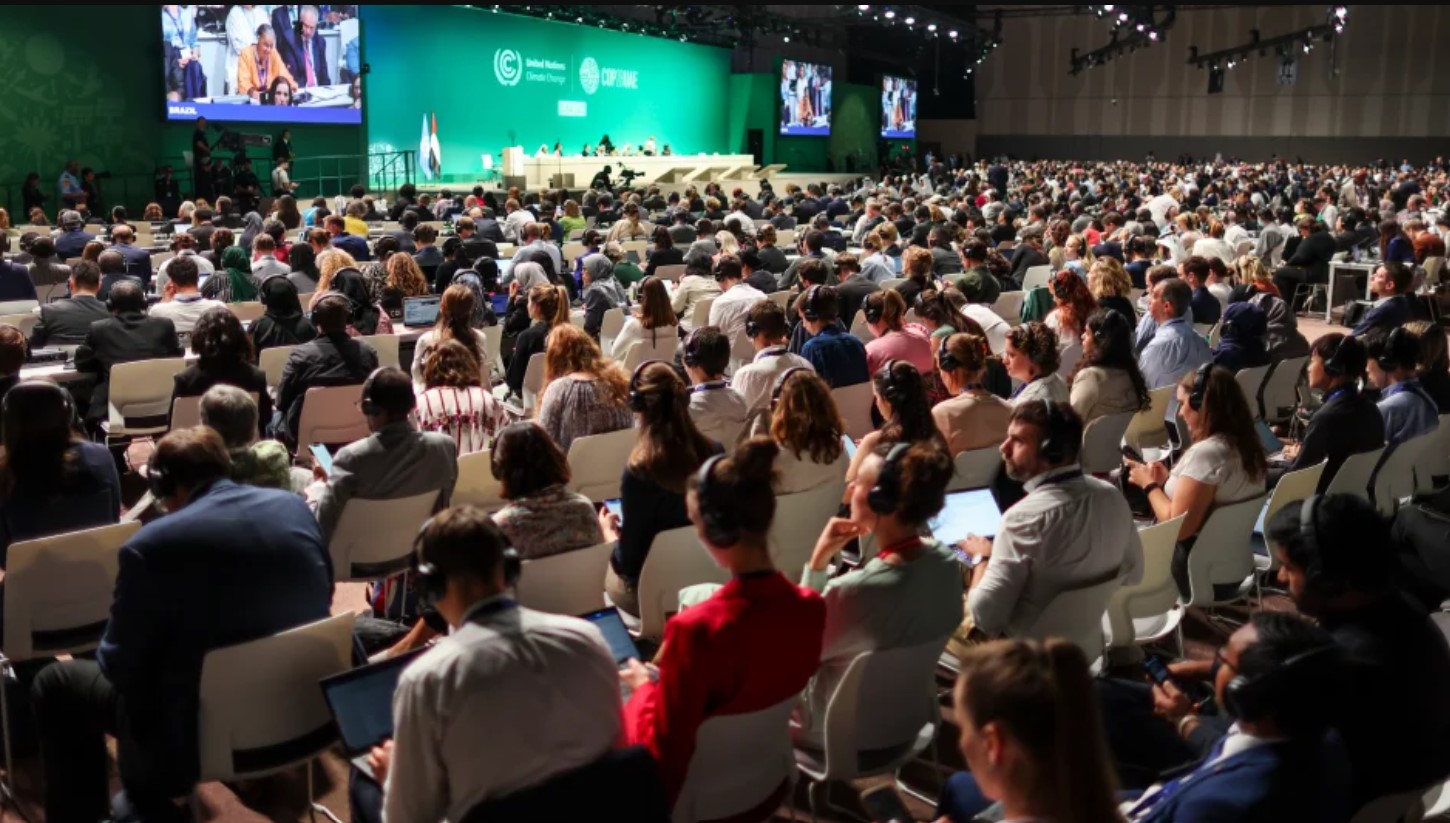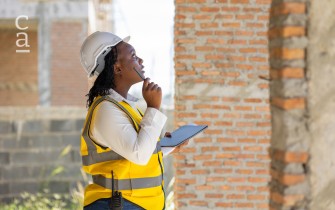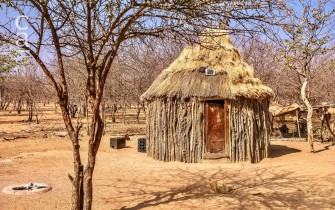Climate Change And The Built Environment
COP28 highlighted the built environment's contribution to greenhouse gas emissions.

I was heartened by several of the highlights that came out of the recent COP28 climate conference, including a landmark agreement to support vulnerable nations facing the worst impacts of climate change.
There was also some progress on the new collective quantified goal to finance climate mitigation and adaptation initiatives in developing nations, and (eventually) an agreement to transition away from fossil fuels in energy systems.
But beyond the major headlines, we know that the built environment is responsible for almost 40% of global greenhouse gas emissions and has an extensive impact on land use and biodiversity, so I was very reassured to see it firmly on the agenda in Dubai.
COP28 was positioned as a global stocktake following publication of the first comprehensive assessment of progress against the Paris Agreement. So, it was also time to do a stocktake on where we are for the built environment.
The key findings are that emissions from buildings have not reduced globally between 2015 and 2022 and that those emissions are much higher than they should be to be on the right trajectory to decarbonise the built environment worldwide by 2050. This is according to a preview of the Global Status Report for Buildings and Construction, due out early in 2024.
A key initiative I was pleased to see was the official launch of the Buildings Breakthrough, which saw several countries joining forces to accelerate the transformation of the sector to make near-zero emissions and climate-resilient buildings the new normal by 2030.
Co-led by France and Morocco, the initiative saw fantastic support from African nations, with Côte d’Ivoire, Egypt, Ethiopia, Guinea-Bissau, Kenya, Liberia, Mauritania, Morocco, Senegal, Tunisia, and Zambia among the 28 countries that pledged their commitment.
Similarly, a Cement and Concrete Breakthrough initiative was launched which will aim to make clean cement the preferred choice in global markets, with near-zero emission cement production established and growing in every region of the world by 2030. Co-led by Canada and the UAE, this breakthrough has yet to attract national endorsement from within the African continent, getting off to a slower start overall with just a handful of signatories.
There was also a call for housing, urban development, environment, and finance ministers globally to back a Joint Outcome Statement on Urbanisation and Climate Change which aims to integrate climate action across all levels of government and accelerate local climate finance.
One of my passions is nature and this was another key theme, referenced directly in the global goal on adaptation as well as in the final text in the form of a deforestation goal.
During the nature day, the COP28 High-Level Champion announced the launch of the COP28 Joint Statement for Climate, Nature and People, which affirmed that there is no path to fully achieve the goals of the Paris Agreement or the Kunming-Montreal Global Biodiversity Framework without urgently addressing climate change, biodiversity loss, and land degradation together in a coherent, synergetic and holistic manner.
The link between climate and nature was further highlighted with the launch of ‘A Playbook for Nature-Positive Infrastructure Development’, which draws from some of the world’s most important infrastructure projects, to offer a wide range of nature-based solutions that put nature at the heart of infrastructure design.
It was also pleasing to see some of the great side events in the Buildings Pavilion for Climate Leadership and some of the key messages that resonated with me included the need for more collaboration between governments and industry, a call to return to simple buildings with climate and culturally sensitive architecture, the debate about what we mean by sufficiency, how we can put purpose back at the centre of the built environment, the importance of addressing embodied emissions in materials and buildings, and the need to accelerate circularity to meet climate and nature goals.
We also heard that the built environment sector must lead on resilience, placing adaptation at the forefront of how we design, build, maintain, and occupy buildings so that they are fit for a future that will be defined by the impact of climate change. This is not giving up on mitigation, which must continue to be front and centre, it is accepting that we must be ready for an uncertain future.
The challenge now is for national governments to go away and consider how they best embrace the role of the built environment in this transition and leverage its potential to make a significant contribution.
Photo: COP28 meeting in the UAE (Source: COP28)



